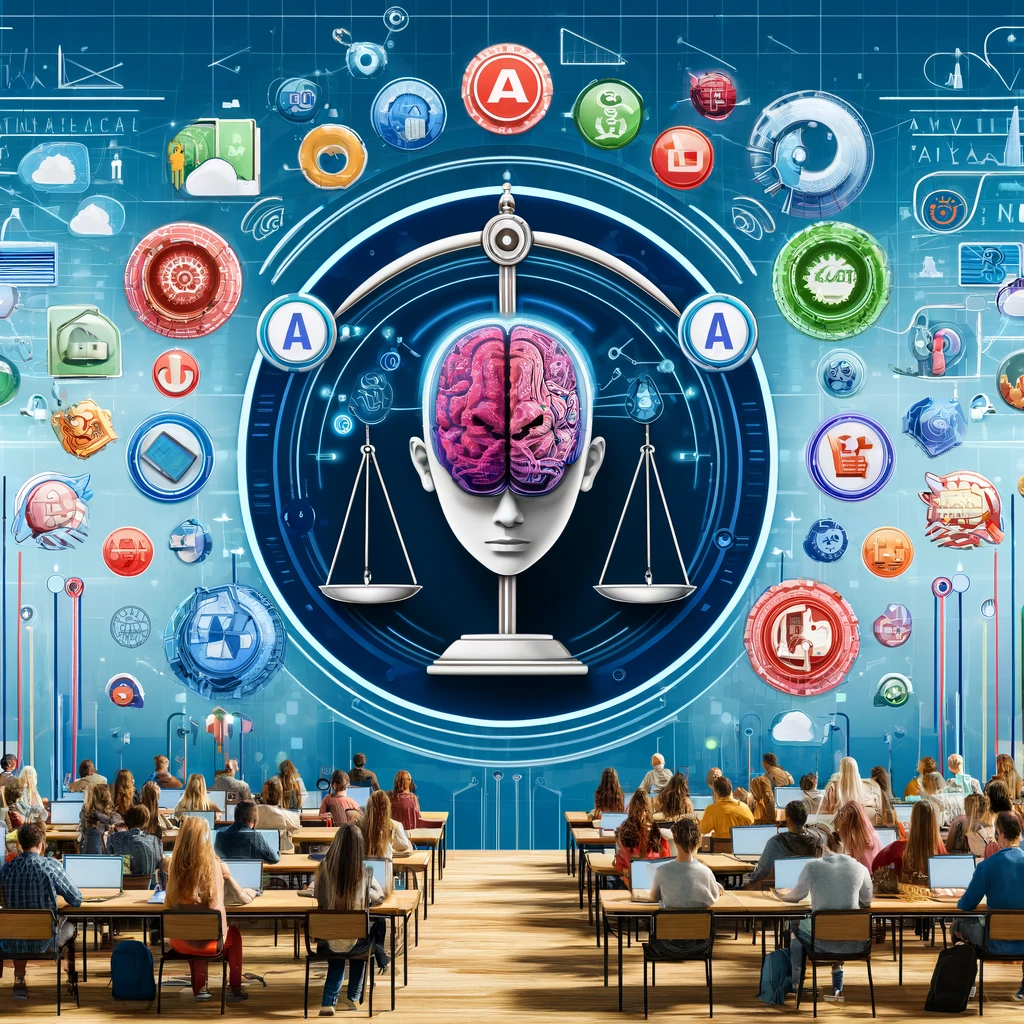
The integration of artificial intelligence (AI) and machine learning (ML) into educational technology (EdTech) is reshaping the landscape of learning and teaching across the globe. These technologies are not only enhancing the capabilities of digital platforms but are also offering innovative solutions to traditional educational challenges. AI in EdTech spans a range of applications from adaptive learning systems and automated grading to AI-powered tutors, each contributing uniquely to the sector’s growth.
Adaptive learning systems use AI to analyze a student’s performance in real-time and adjust the curriculum accordingly. This technology tailors educational content to match the learning pace and style of individual students, providing a personalized learning experience that can maximize student engagement and efficacy. For example, platforms like DreamBox Learning use intelligent adaptive learning technologies to offer math lessons that are appropriate for the student’s proficiency level, thereby promoting better learning outcomes.
Automated grading is another significant application of AI in education. It saves educators a considerable amount of time and effort by automatically grading assignments and exams. More sophisticated systems can even assess open-ended responses and essays, not just multiple-choice answers or fixed-response questions. Tools like Gradescope by Turnitin utilize machine learning algorithms to learn from the grading decisions made by instructors, thereby improving their ability to grade more consistently and swiftly over time.
AI tutors represent perhaps the most direct application of AI in EdTech. These systems provide one-on-one tutoring for students, offering explanations, guiding problem-solving, and providing feedback. AI tutors can be particularly effective in subjects with objective answers, such as mathematics and the sciences. Carnegie Learning, for instance, provides an AI-driven math platform that has been shown to improve student learning outcomes through personalized instruction and feedback.
While the benefits of AI and machine learning in education are considerable, they are not without risks and challenges. Personalization of learning experiences through AI comes with significant data privacy concerns. Educational tools collect vast amounts of data on students’ learning habits, preferences, and performance. Ensuring the security and privacy of this data is paramount as breaches can lead to significant privacy violations. Moreover, there is also the risk of algorithmic bias where the AI might not be equally effective for all students, potentially reinforcing existing disparities in educational outcomes.
The EdTech sector is vibrant with innovative startups that are pushing the boundaries of what’s possible with AI in education. Companies like Knewton and Content Technologies, Inc., use AI to create customized textbooks that meet the unique needs of students. Another startup, Century Tech, uses neuroscience and AI to provide insights into student learning patterns, helping educators tailor their teaching methods to individual needs.
These startups are part of a broader trend towards increasingly sophisticated educational tools that promise to make learning more accessible, engaging, and effective. However, as these technologies become more embedded in educational settings, it is crucial to balance innovation with ethical considerations. Ensuring that AI tools enhance learning without compromising student welfare or equity is essential.
AI and machine learning are transforming the EdTech sector by enabling personalized learning, automating administrative tasks, and providing scalable one-on-one tutoring. Despite the challenges, particularly concerning privacy and bias, the potential of AI in education to improve learning outcomes and make education more inclusive is immense. As the technology evolves, it will be imperative for educators, technologists, and policymakers to collaborate closely to maximize the benefits of AI in education while mitigating its risks.
Graphics depicting a digital learning environment where diverse students are using AI-enhanced devices. The image includes elements like adaptive learning, automated grading, and AI tutors, along with a balance scale icon representing the benefits and risks associated with AI in education.